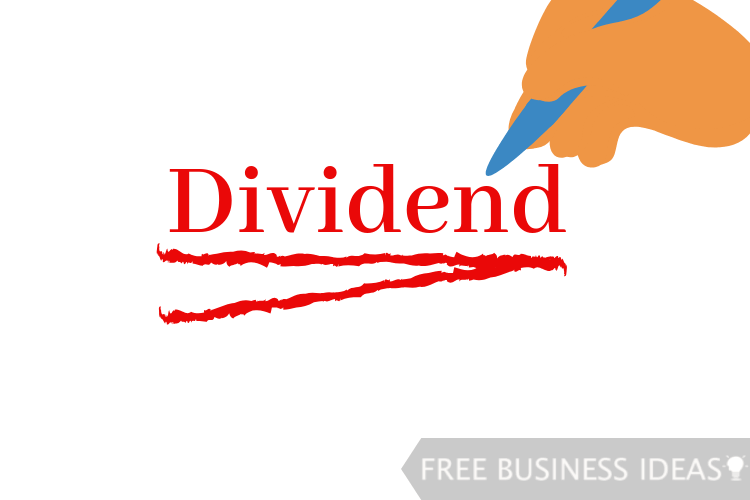It is a complete set of the guidelines for a company which is used by them so that they will be able to easily decide what all part of the earnings they will have to pay to the shareholders. There are some of the evidences that do suggest that the people who do invest are not at all concerned with the dividend policy as they will be able to sell a part of the portfolio that they have of the equities when they need money. The dividend policy is also known as dividend irrelevance theory which does indicate very essentially that the issuance of the dividends should not at all get affected by the stock price and there should be no impact. There are many companies that do pay to the dividends. You can look deep into the article to know more.
The main approach to the dividends is divided into 3 different categories –
1. Residual Dividend Policy
All of the companies that are using this policy want to rely on the equity which is generated initially which does finance on the new projects. If we look at the result, we will find out that the payments of the dividend will be able to come out from the leftover or the residual equity when all of the capital requirements of the project do meet. All of the companies try to attempt to easily maintain the balance of the equally or as we say debt ratios before they make any of the distributions of the dividend. It completely depends on the amount which is left once the operation and all of the expenses do meet.
This is a method of payment for the dividends which is created volatility in dividend payments and it is very undesirable for the investors.
This model of the residual dividend is completely based on the 3 pieces. First is the investment opportunity schedule second is the target capital structure and the last one is the cost of the external capital.
- First of all the residual dividend model does set the target on the ratio of the dividend payout policy so that they will be able to easily determine the budget which is optimal capital.
- Once it’s done, the management should determine the amount of the equity that is needed to do the finance of the optimal capital budget. It is a part which has to be done during the retained earnings.
- After that, all of the dividends are going to get paid which all of the earnings which are residual or are leftover. This model is called as residual dividend model.
Here the overall advantage is for the easy capital project budget making. It is a very useful model if you want to set a dividend for the long term and maintain their policy. Here the disadvantage is that the stability of the dividends is not sure. Overall earning from this process is completely dependent on the overall situation on the business. It is very difficult to maintain an earning which is stable from this and also it is same for the stability of the dividend. This model is very much useful for the planning of the long term, many of the firms that do not use this model do calculate the dividends very quarter.
Dividend stability policy –
Here i would say that the fluctuation of the dividends are often created by the policy of residual which does contrast significantly with the promises of dividend stability policy. Which the policy, the overall quarterly dividends does easily set form the yearly earning and takes a fraction of it. This is the policy which does reduce the overall uncertainty for all of the people who do invest in it and they do provide them with the income.
When we look at it properly, we are going to find out that the policy is always trying to attempt to easily share the earnings with all of the shareholders instead of searching for the project where they will have to invest more money.
Hybrid Dividend policy –
This is the final policy and it is a complete mixture of both of the policies that we discussed above i.e. the residual policy and the stable dividend policy. With the use of this kind of policy, the companies does view that equity/debt ratio as the long term approach instead of the short term approach which is very commonly used by the companies who do pay to the dividends. When these companies tend to experience fluctuations in their business cycle, they do have a set of the dividends. When we look at the top of all of this, we are going to find out that the companies here do offer more dividends paid in the case where the general level of the income exceeds.
Conclusion –
So this was the complete dividend policy definition with all of its 3 different types. All 3 follow a different approach and can work out for different people for different needs.
I hope this article was helpful to you and if you have any suggestions then you can mention them in the comments down below.
Also if you do invest in any of these policies than you can share you experience below with it’s the pros and the cons of the policy that you felt were there for the policy you invested in.
